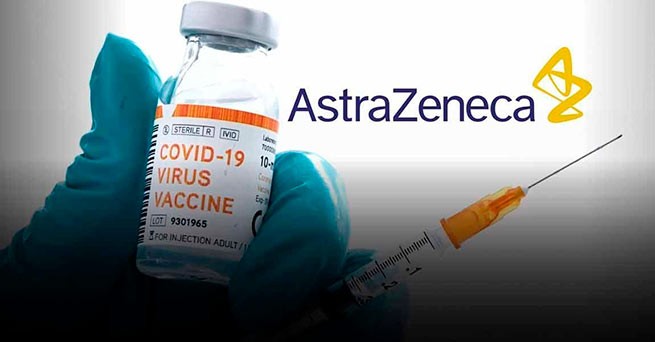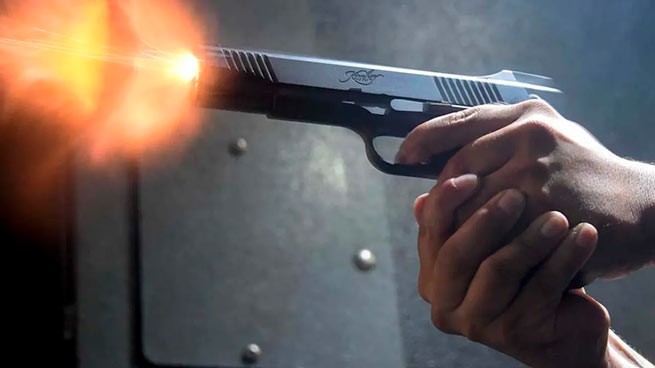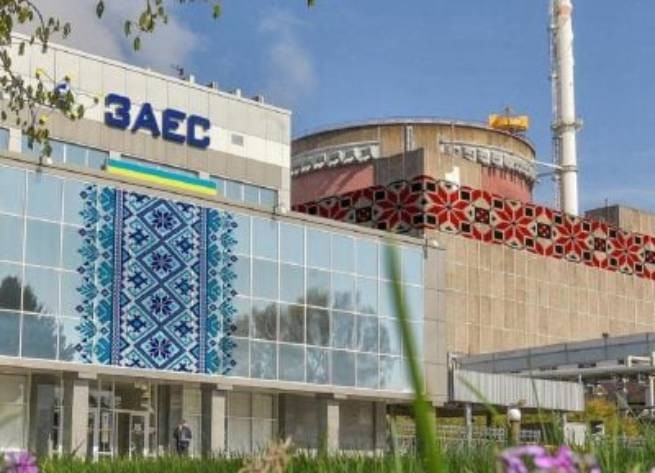Experts believe that an accident at the Zaporizhzhya Nuclear Power Plant similar to Chernobyl is unlikely, but Europe is ready for any situation.
The attacks on Europe's largest nuclear power plant in Zaporozhye, which is now controlled by the Russian Federation, are causing concern. But experts rule out the risk of disaster.
Former inspector general of the International Atomic Energy Agency and former representative of the Los Alamos National Laboratory in New Mexico, Robert Kelly, says that the use of kamikaze drones at the Zaporozhye nuclear power plant is “insanity.” However, in his opinion, this type of attack does not affect security:
“There is no way to blow up reactors like that.”
The IAEA strongly condemned the attack on the plant but confirmed it had found no structural damage since the April 7 incident.
However, issues that concern society remain, writes euronews. Here are just a few of them:
Can a nuclear power plant explode in the event of a long power outage?
In the past, attacks have sometimes caused power outages. This is extremely dangerous, since without electricity, nuclear reactors do not cool, overheat and can explode, as in the case of Chernobyl. But Kelly argues that the likelihood that something similar will happen in Zaporozhye is “virtually zero”:
“The situation in Chernobyl was completely different. There was not a nuclear explosion, but a huge steam explosion. The reactor suddenly turned on at full power. The water inside it evaporated in a split second and blew up the complex. Today's reactors are built completely differently, using a different technology. Such there can be no result in principle.”
Two more factors reduce the risk compared to 1986. First, during previous outages, electricity to cool the plant came from other sources – from nearby Zaporozhye coal-fired power plant, Ukraine's largest, for example, or from diesel generators. In addition, all reactors at Zaporizhzhya NPP are now stoppedunlike the reactor that exploded at Chernobyl, which was fully operational.
Is Europe ready for a nuclear disaster?
Most likely yes, says Jan Johansson, an emergency planner at the Swedish Radiation Protection Agency. He told Euronews that cooperation between different countries had increased significantly since the Fukushima nuclear disaster in 2011, when there was “confusion in coordinating the international response.”
In Europe, the HERCA group, which brings together the heads of European departments responsible for radiation protection, is engaged in the exchange of safety protocols between different countries in this area, says Johansson:
“HERCA has been very active with Ukraine in trying to agree and negotiate a plan to deal with a nuclear accident.”
The role of the European Nuclear Safety Regulators Group (EMSREG) is also important; it exists in EU since 2007 and is responsible for verifying compliance with safety standards. However, in the event of an accident, the country in which the emergency occurred is primarily responsible.
Is there a plan?
Johansson reminds:
“The Swedish protocol response starts before anything happens. Preparation is the most important part. Whatever happens, even if the meltdown is started, it will take time. When something is wrong, we usually know about this before there is a real release of radiation.”
He said that in the event of a worst-case scenario, that is, an explosion with the release of radiation, the area around the accident site will be completely evacuated within a radius of 5 kilometers. And within a radius of 25 kilometers, people receive danger alerts. Alarm signals sound both on the street and in homes. In Sweden, for example, every house near a nuclear power plant is equipped with a radio.
As soon as the siren sounds, people should stay indoors – at home, at work, at school. An ordinary house with closed windows is capable of protecting its owners even “in the event of a large radioactive leak,” and there is no need to go into a bunker.
All citizens should have iodine tablets in their first aid kit. It blocks the absorption of radiation by the thyroid gland and thereby prevents the risk of developing cancer. Whether or not to take iodine depends on the amount of radioactive material leaked during the accident: people will be notified about this. While staying indoors, at the time of an accident, it is important to monitor information in the media and social networks, the expert reminds:
“Further action depends on the extent of the damage and meteorological factors. We conduct training several times a year, we believe that we have a fairly effective system, and the authorities know what to do.”
The UN Security Council placed responsibility on the Russian Federation
At a meeting of the UN Security Council, representatives of the EU, USA and Ukraine held responsible for incidents at the Zaporozhye nuclear power plant against Russia, which occupied the nuclear facility.
“The Russian Federation bears full responsibility for the risks to nuclear safety that it creates at the seized Zaporozhye nuclear power plant,” says the statement of the EU countries, Ukraine and other European states, which was read out at a meeting of the UN Security Council by the EU permanent representative to the UN Stavros Lambrinidis. The EU Permanent Representative recalled that for the first time a country that is a permanent member of the UN Security Council illegally seized a nuclear power plant of one of its neighbors. US Deputy Permanent Representative to the Organization Robert Wood said that the control of the Russian occupation forces over the Zaporozhye nuclear power plant, as well as the operation of the power plant by unqualified personnel, increases the security risks of a large nuclear facility in Ukraine.
Consequences of a possible accident at Zaporizhia NPP:







More Stories
Borrell: "Europeans will not go to die for Donbass, but they could help Ukrainians stop dying for Donbass"
Court in the Mati case: “10 euros a day is the price of the lives of our children”
Mati-Tempi: questions about the level of administration of justice, acquittals for the guilty